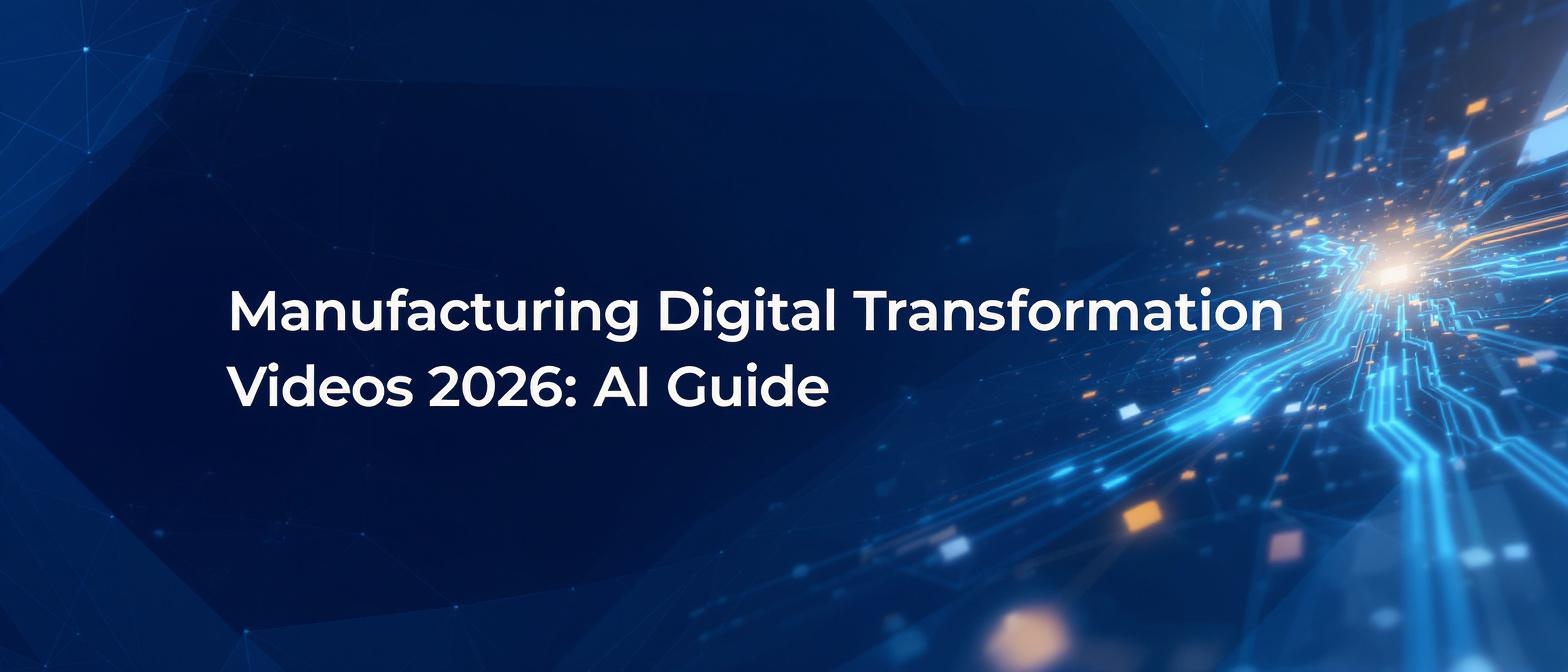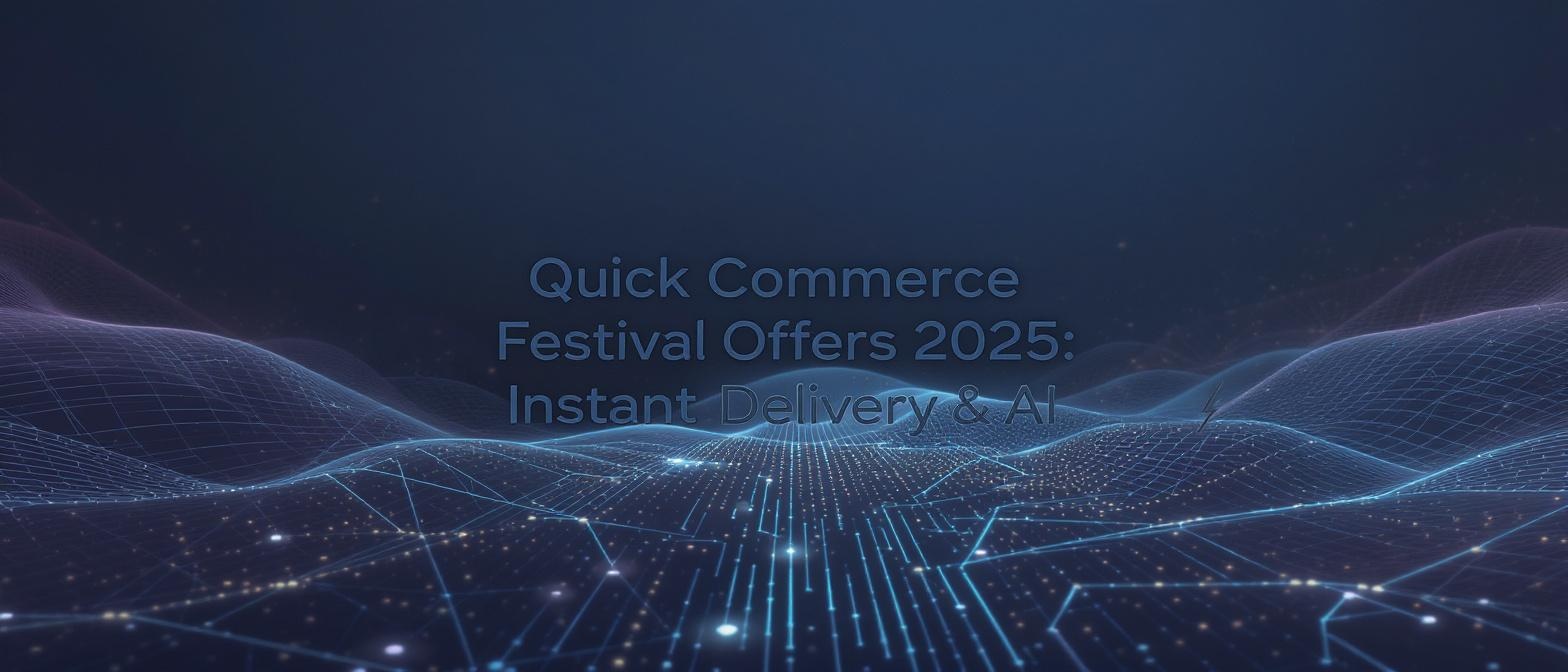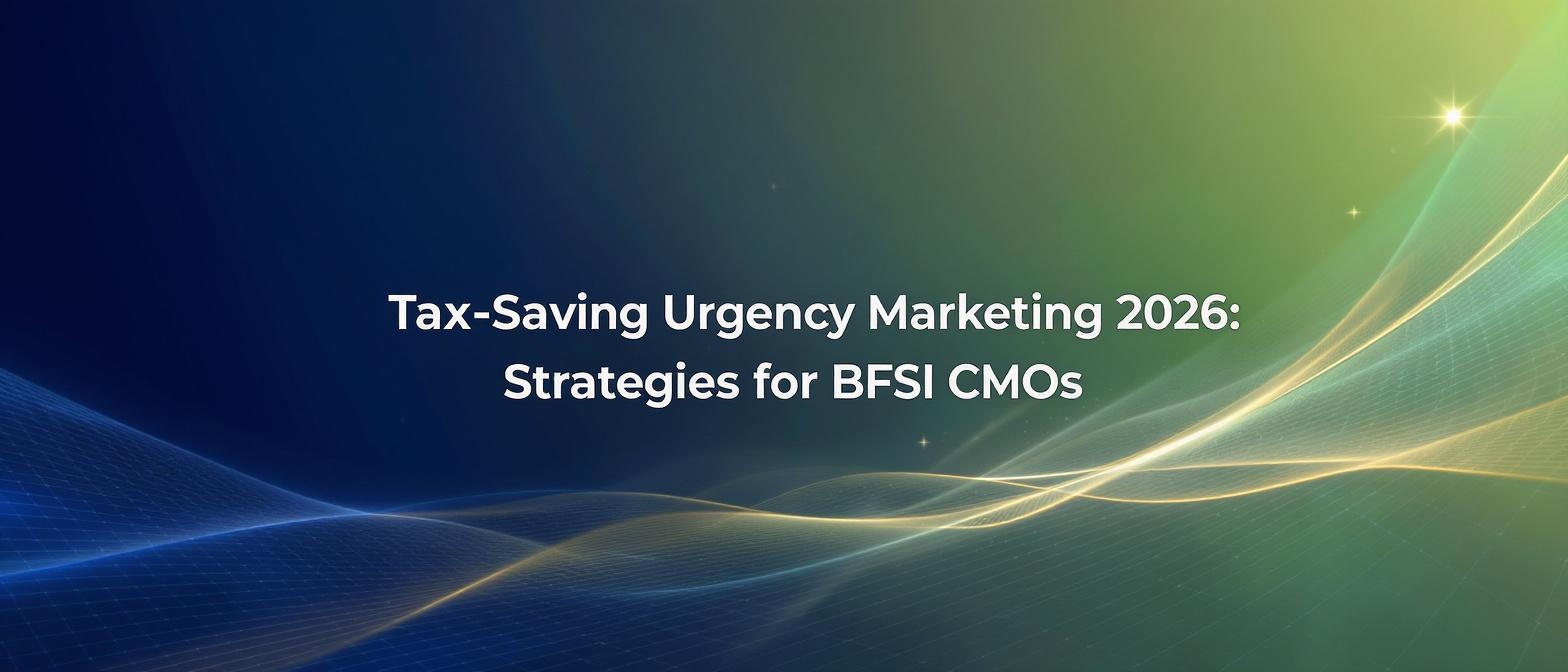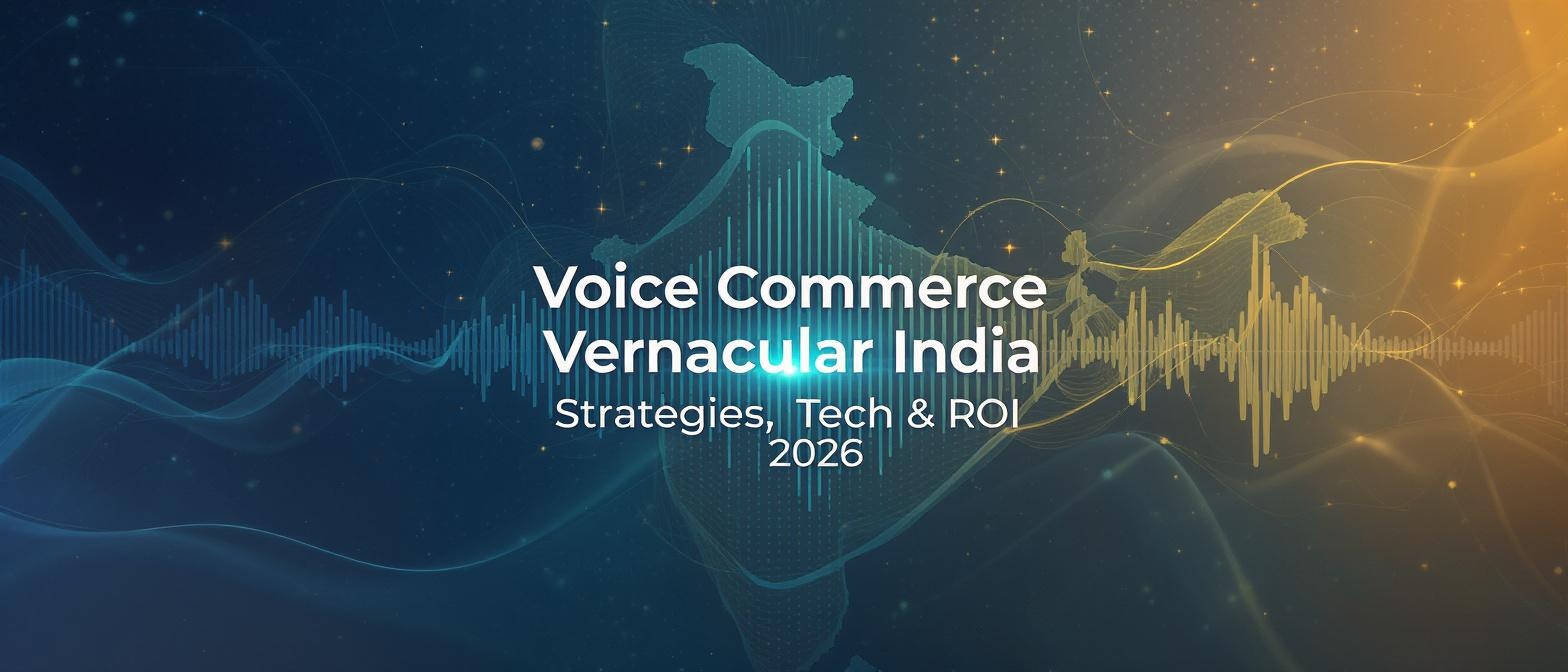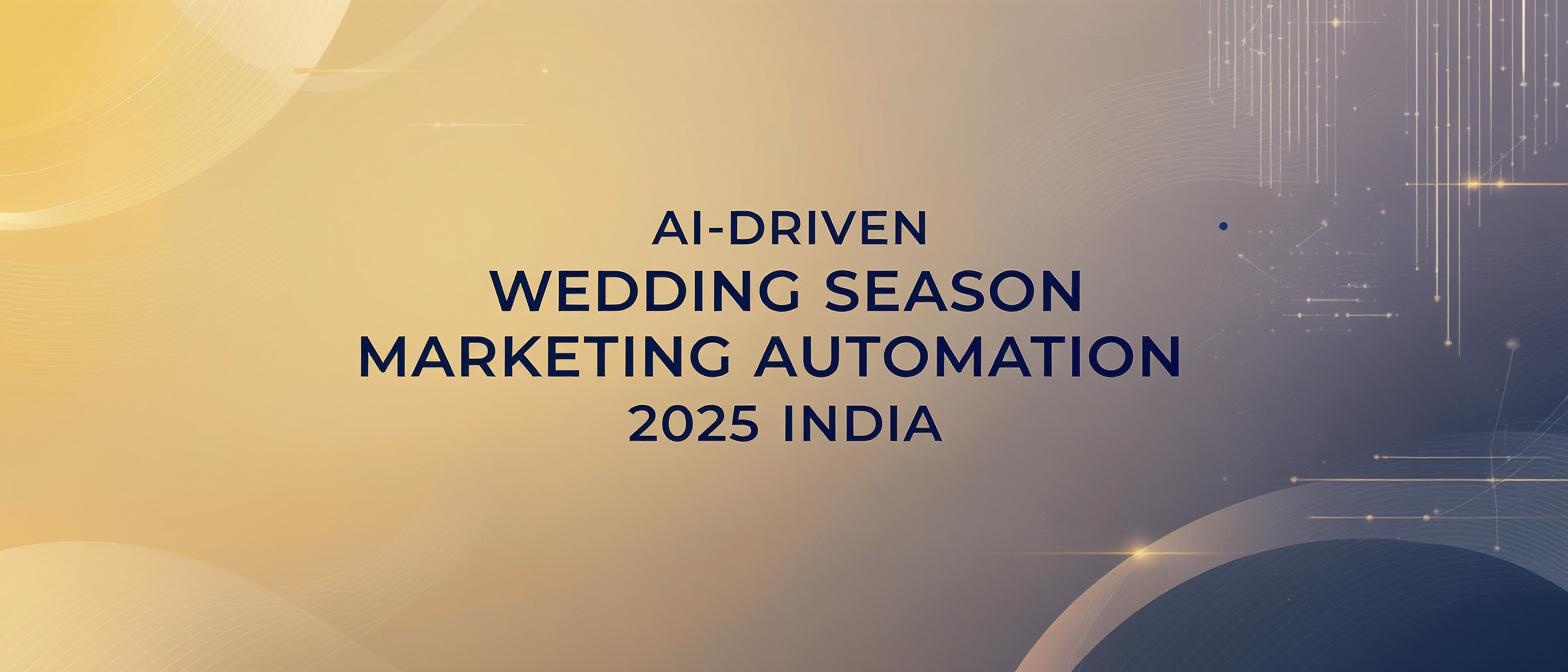Manufacturing Digital Transformation Videos 2026: AI-Driven Personalization for B2B Industrial Sales
Estimated Reading Time: ~10 minutes
Key Takeaways
- Highly personalized video content is a critical success factor in the industrial sector.
- AI-driven automation enables dynamic script generation and rapid video deployment.
- Dealer and supply chain engagement platforms benefit from real-time, data-driven video messaging.
- Measuring success requires tracking key engagement metrics for ROI.
- Video will become increasingly immersive and interactive by 2026, integrating live operational data.
Meta Description: Explore how AI-powered video personalization, dealer engagement platforms, and supply chain communication solutions are revolutionizing manufacturing digital transformation videos in 2026.
1. Introduction to Manufacturing Digital Transformation Videos 2026
The industrial landscape is undergoing a seismic shift. Manufacturing digital transformation is no longer a futuristic concept but a present-day necessity, defined by the end-to-end integration of IoT, AI, advanced analytics, and automation. This revolution connects the shop floor, supply chain, sales, and service into a single, intelligent ecosystem.
As we look towards 2026, video has become the most critical tool for navigating this change. It accelerates the adoption of new technologies by visualizing complex workflows, streamlines change management, and makes abstract data tangible. This is where manufacturing digital transformation videos 2026 emerge as the primary vehicle for training, customer engagement, and crucial dealer enablement.
In this new era, generic content falls flat. The future belongs to highly personalized, data-driven video experiences that speak directly to every stakeholder, from a line worker to a C-suite executive. This guide explores the trends, strategies, and technologies, including industrial AI marketing solutions, shaping this video-centric transformation.
Source: CIIBlog, “Industry 4.0 Adoption: Paving the Way for Indian Manufacturing,” https://ciiblog.in/industry-4-0-adoption-paving-the-way-for-indian-manufacturing
Source: Tervene, "Digital Transformation in Manufacturing," https://tervene.com/blog/digital-transformation-manufacturing
2. Trends in Video Marketing Automation for the Industrial Sector
The days of manual, one-off video campaigns are over. Industrial sector video marketing automation is the new standard, defined as the use of sophisticated platforms and AI to schedule, personalize, and deliver video content automatically across a multitude of channels. This approach transforms video from a simple asset into a dynamic communication engine.
A key trend is the dominance of short-form “explainer” videos. These concise, high-impact videos are perfect for complex product demonstrations, virtual factory tours, and bite-sized training modules. They deliver essential information quickly, respecting the time constraints of busy B2B audiences.
This digital pivot is backed by significant investment. A recent IDC survey revealed that 57% of Indian manufacturers plan to increase their IT budgets specifically for digital collaboration tools. Furthermore, a 2025 report from PwC highlights that building a robust ecosystem strategy involving technology and data partners is a top priority for operational transformation. Automation is the engine of this strategy, reducing campaign setup and deployment time from weeks to mere hours, enabling unprecedented agility in B2B industrial video campaigns.
Source: Proactive, “Cloud Calling as a Digital Transformation Catalyst in Manufacturing,” https://proactive.co.in/blog-details/cloud-calling-as-digital-transformation-catalyst-in-manufacturing
Source: PwC, "2025 Digital Trends in Operations Survey," https://www.pwc.com/us/en/services/consulting/business-transformation/digital-supply-chain-survey.html
3. Personalized Sales Videos & Dealer Engagement Platforms
Generic, one-size-fits-all communication no longer cuts it in a competitive B2B landscape. The next frontier is hyper-personalization, driven by B2B manufacturing personalized sales videos. These are not just mass emails with a name field; they are one-to-one videos that address dealers and distributors by their name, region, specific purchase history, and even their local market challenges.
This level of customization is powered by a manufacturing dealer engagement platform. This is an AI-driven portal that serves as the central hub for all partner communications, automatically triggering personalized videos for critical touchpoints like dealer onboarding, new product promotions, and predictive service reminders.
Imagine a dealer receiving a video from your brand ambassador that says: "Hi [Dealer Name], congratulations on your recent sales of the [Product Model] in [City]. To help you continue that momentum, here is a special offer exclusively for your dealership."
The personalization fields can be incredibly granular:
- Dealer/Contact Name: For immediate personal connection.
- Dealership Location: To provide localized context and offers.
- Recent Order History: To make recommendations relevant.
- Custom Promotions: Based on sales data and regional goals.
Platforms like TrueFan AI enable this at scale, using dynamic text, image overlays, and even “virtual reshoots” that allow for real-time script changes without needing the brand ambassador to film again. This creates manufacturing sales enablement videos that are not only engaging but also uniquely relevant to each partner in your network.
4. The Role of AI in Manufacturing Sales & Marketing
Artificial intelligence is the engine powering this new era of personalization. Industrial AI marketing solutions refer to machine learning (ML) models that analyze vast datasets from your CRM, ERP, and sales platforms to auto-generate video scripts, select visuals, and determine the optimal delivery timing for maximum impact.
The automated content creation workflow is a model of efficiency:
- Data Ingestion: The AI pulls data from connected systems (e.g., Salesforce, SAP).
- Script Drafting: Generative AI crafts a personalized script based on predefined templates and data triggers.
- AI Voice & Lip-Sync: Advanced AI clones the brand ambassador’s voice and perfectly syncs their lip movements to the new, personalized dialogue.
- Rendering & Delivery: The unique video is rendered in seconds and delivered through the appropriate channel (WhatsApp, email, CRM portal).
This isn’t theoretical; it’s happening now. The Indian digital supply chain platform Moglix, for example, leverages generative AI for personalized video advertisements, showcasing the real-world application of this technology. The impact is profound. Companies implementing such AI-driven strategies are seeing 30–50% higher engagement rates and a 2x lift in conversions compared to traditional marketing efforts. This demonstrates how manufacturing customer journey automation can translate directly into revenue.
Source: Google Cloud Blog, “Real-world gen AI use cases,” https://cloud.google.com/transform/101-real-world-generative-ai-use-cases-from-industry-leaders
5. Enhancing Supply Chain Communication with Video Personalization
Digital transformation extends beyond sales and marketing; it is revolutionizing the very backbone of manufacturing—the supply chain. Supply chain communication personalization is the strategic use of automated, data-driven video to convey real-time inventory updates, critical process changes, and urgent logistics alerts to suppliers and partners.
This moves communication from static emails and spreadsheets to dynamic, easily digestible video formats.
Key use cases include:
- Automated Daily Status Briefs: A 60-second video summarizing inventory levels, production targets, and shipping statuses for a specific supplier.
- Exception and Delay Alerts: A video alert triggered by a supply chain disruption, featuring an AI voice-over explaining the issue, its impact, and the proposed solution.
- Interactive Onboarding for New Suppliers: A series of personalized videos guiding a new partner through your procurement system, compliance standards, and quality checks.
According to the Confederation of Indian Industry (CII), the adoption of Industry 4.0 technologies fosters more connected and resilient supply chains, capable of reducing lead times by as much as 20%. Personalized video is a key enabler of this connectivity. It reduces errors caused by miscommunication, accelerates partner decision-making, and dramatically improves supplier compliance and performance, turning manufacturing sales enablement videos into a powerful operational tool.
Source: CIIBlog, “Industry 4.0 Adoption: Paving the Way for Indian Manufacturing,” https://ciiblog.in/industry-4-0-adoption-paving-the-way-for-indian-manufacturing
6. Case Studies & Real-World Applications
The power of hyper-personalized video is best understood through real-world examples that demonstrate massive scale and measurable impact. While these examples are from B2C, the underlying technology and strategy are directly applicable to B2B industrial video campaigns for dealer and customer engagement.
- Zomato’s Mother’s Day Campaign: The food delivery giant generated an astounding 354,000 unique, one-to-one videos in a single day. Each video featured a Bollywood star who personally wished the user’s mother by name. This campaign not only drove record orders but also created immense brand loyalty through a powerful emotional connection.
- Goibibo’s Travel Nudge: To combat cart abandonment, the travel portal sent personalized WhatsApp videos from cricket star Rishabh Pant to users who had searched for a trip but not booked. The video mentioned the user by name and referenced their searched destination, leading to a 17% increase in bookings from that segment.
- Hero MotoCorp’s Festive Greetings: The automotive leader sent 2.4 million personalized Diwali videos to its customers. The videos featured celebrities addressing each customer by name and mentioning their local dealer, which resulted in driving service-camp visits 3x above the norm.
These case studies prove that personalized video, when executed at scale, is not a novelty. It’s a powerful driver of industrial video marketing ROI, capable of influencing behavior, strengthening relationships, and delivering tangible business results.
7. Measuring Success & ROI from Video Marketing
To justify investment in video personalization, you must track the right metrics. Moving beyond simple view counts is essential for understanding the true business impact and proving industrial video marketing ROI.
Key Metrics to Track:
- View Rate & Watch-Through Rate: Are people starting the video, and more importantly, are they finishing it? High watch-through rates indicate engaging content.
- Click-Through Rate (CTR): How many viewers clicked the call-to-action link in or alongside the video?
- Lead Conversion Rate: Of those who clicked, how many completed the desired action (e.g., requested a quote, registered for a webinar)?
- Dealer Conversion Lift: A/B test personalized vs. generic videos for a dealer promotion and measure the difference in uptake.
- Customer Satisfaction Score (CSAT): Survey viewers after they receive a personalized service or support video.
Internal data shows that personalization directly correlates with engagement. B2B personalized videos consistently achieve 30–50% higher watch-through rates than their generic counterparts because they are inherently more relevant.
You can calculate a direct ROI using a simple formula:
ROI = (Incremental Revenue from Video – Production/Platform Cost) / Production/Platform Cost
Solutions like TrueFan AI demonstrate ROI through comprehensive analytics dashboards. These platforms allow you to segment performance by every personalization variable—was the video more effective when the customer’s name was mentioned in the first 3 seconds? Did one offer outperform another? This data is crucial for continuous campaign optimization and mastering manufacturing customer journey automation.
8. TrueFan Enterprise Capabilities & Offerings
To execute a strategy of this magnitude, manufacturers need an enterprise-grade platform built for scale, security, and seamless integration. This is where a dedicated solution becomes indispensable.
Here are the core capabilities that enable modern industrial AI marketing solutions:
- Hyper-Personalization at Scale: The ability to render millions of unique videos across TrueFan AI’s 175+ language support and Personalised Celebrity Videos. Data from a CRM can be fed via API to dynamically insert names, product images, dealer locations, and more into the video.
- Virtual Reshoots & AI Editing: The platform should allow for instant script changes without requiring a new shoot. This agility enables marketing teams to A/B test offers, update messaging, and respond to market changes in minutes, not months.
- Multilingual Localization: AI-powered voice cloning and perfect lip-sync technology can retain a single brand ambassador’s voice across dozens of languages, ensuring a consistent and authentic brand experience globally.
- Real-Time Personalization & Delivery: Look for sub-30-second render times and the ability to deliver videos instantly via API triggers through any channel—email, WhatsApp, or embedded within a manufacturing dealer engagement platform.
- Advanced Analytics & Optimization: Enterprise solutions must provide dashboards that show engagement lift by each personalization variable. This allows for data-driven campaign tuning to maximize ROI.
- Enterprise-Grade Compliance & Security: The platform must be ISO 27001 & SOC 2 compliant, operate on a consent-first model for all data, and include built-in moderation filters to protect brand safety.
9. Future Outlook: Manufacturing Digital Transformation Videos in 2026
The pace of innovation is accelerating. As we look ahead to 2026 and beyond, manufacturing digital transformation videos will become even more immersive, intelligent, and integrated into the core operations of the industrial sector.
Here are four key trends to anticipate:
- The Rise of Interactive Video Formats: Viewers will no longer be passive. Expect to see “choose-your-own-workflow” product demos where a user can click within the video to explore different features, and AR/VR factory walkthroughs for immersive, remote training and safety drills.
- Real-Time Data Feeds in Video: Imagine a personalized video for a plant manager that includes an embedded, live dashboard showing real-time KPIs like Overall Equipment Effectiveness (OEE) or production output. This merges communication with live operational data.
- Deeper CRM and ERP Integration: Video generation will be seamlessly woven into the business lifecycle. A quote generated in your CRM could automatically trigger a personalized video from a sales lead explaining the proposal, or a service reminder in your ERP could dispatch a video with a custom maintenance offer.
- Continuous AI Innovation: AI’s role will deepen. We will see multi-agent AI systems that can draft more complex, narrative-driven scripts and emotion detection AI that adapts a video’s messaging or tone in real-time based on viewer engagement cues. This will be the pinnacle of manufacturing customer journey automation.
A 2025 Deloitte report emphasizes that manufacturers will continue to prioritize investments in their digital core and data foundation. Video is set to become the primary interface for activating that data.
Source: Deloitte, "2025 Manufacturing Industry Outlook," https://www.deloitte.com/us/en/insights/industry/manufacturing-industrial-products/manufacturing-industry-outlook.html
10. Frequently Asked Questions (FAQ)
Frequently Asked Questions
What is the first step to implementing personalized video marketing?
The first step is to identify a high-value use case and consolidate your data. Start with a clear goal, such as improving dealer onboarding or re-engaging dormant leads. Then, ensure the necessary customer data (like name, location, last purchase) is clean and accessible via your CRM.
Is personalized video affordable for mid-sized manufacturers?
Yes. Modern AI-driven platforms have made personalization scalable and cost-effective. The cost per video at scale is often significantly lower than traditional production, and the ROI from increased conversion rates and engagement typically provides a strong business case.
How do you handle data privacy and consent?
Data privacy is paramount. Always use a platform that is compliant with regulations like GDPR and CCPA. Ensure you have user consent for communication and work with partners who have a consent-first model, especially when using celebrity likenesses or employee data.
Can personalized videos integrate with our existing CRM like Salesforce?
Absolutely. Leading platforms are designed for integration. Using APIs, you can connect your CRM, ERP, or marketing automation software to trigger video generation based on specific events, ensuring the personalized video is delivered at the perfect moment in the customer journey. Platforms like TrueFan AI offer robust API documentation for seamless integration.
What kind of results can we realistically expect?
Based on industry case studies and platform data, it is realistic to target a 30-50% increase in video watch-through rates, a 15-20% lift in click-through rates, and a 2x improvement in conversion rates on specific campaigns when compared to non-personalized video content.
How is generative AI different from simple video templates?
Simple templates can only merge text fields onto a video. Generative AI is far more advanced; it can create new content, such as cloning a person’s voice to say things they never recorded and perfectly syncing their lips to the new audio, enabling truly dynamic and scalable personalization that feels authentic.
11. Conclusion & Call to Action
As we advance towards 2026, the role of video in manufacturing is transforming from a marketing asset into a strategic pillar of digital transformation. It is the connective tissue that links sales, marketing, the supply chain, and your entire dealer network, making complex processes understandable and driving adoption of new technologies.
However, the true competitive advantage lies not just in using video, but in using it intelligently. AI-powered personalization is the key to unlocking unprecedented ROI, engagement, and differentiation in the industrial sector. By speaking to every stakeholder as an individual, you build stronger relationships, accelerate sales cycles, and create a truly connected manufacturing ecosystem.
The future is personal, and it’s powered by AI.
Discover how TrueFan’s enterprise solutions can power your manufacturing digital transformation videos—request a demo today.

